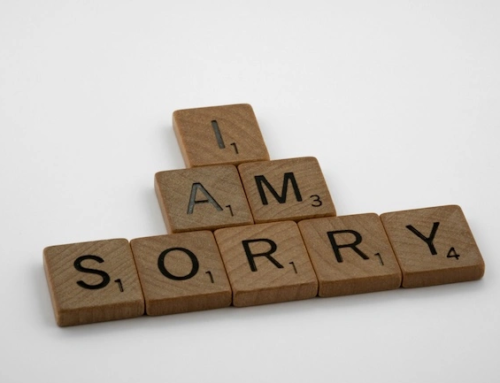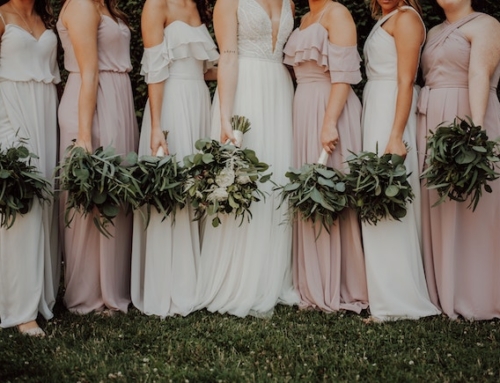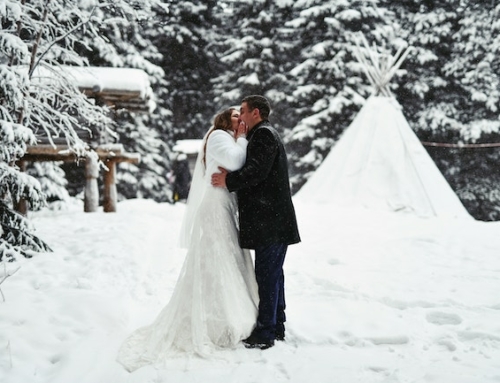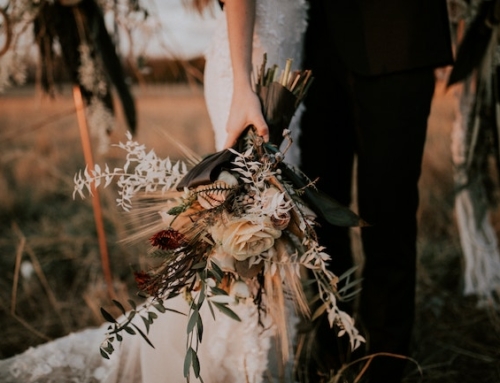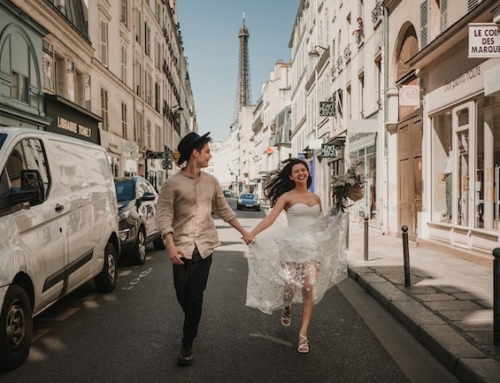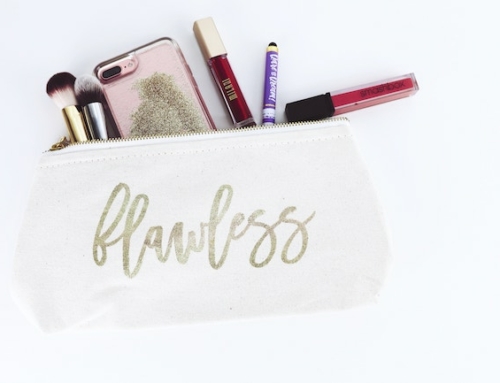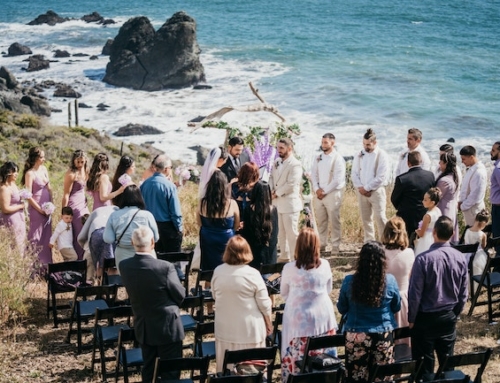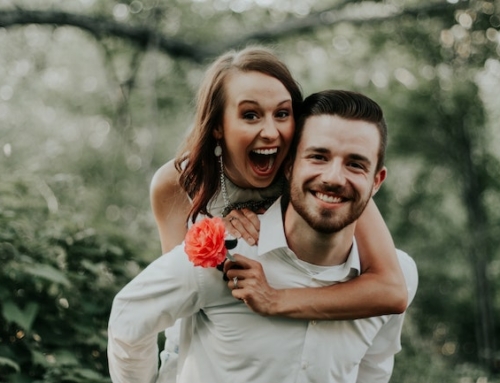Your wedding day is one of the most special and memorable days of your life, and choosing the perfect wedding dress is a crucial part of the planning process. With so many styles, fabrics, and designers to choose from, finding the dress that not only looks beautiful but also makes you feel confident and comfortable can be overwhelming. In this article, we’ll provide you with essential tips and considerations to keep in mind when choosing your dream wedding dress. So, let’s dive in!

Your Personal Style
One of the most important things to consider when choosing your wedding dress is your personal style. Your wedding day is a reflection of who you are as a person, and your dress should reflect that. Take some time to think about your personal style and what makes you feel confident and beautiful.
Consider the types of clothes you typically wear and the silhouettes that flatter your body shape. Do you prefer modern, sleek lines or romantic, flowing fabrics? Think about the details you love, such as lace, beading, or embroidery.

It can be helpful to gather inspiration from bridal magazines, online resources, or even celebrities whose style you admire. However, keep in mind that while trends may come and go, your personal style is timeless. Ultimately, you want to choose a dress that makes you feel like the best version of yourself on your special day.
Wedding Venue
The wedding venue plays an important role in the choice of wedding dress. Choosing a lighter and flowy dress that is comfortable and easy to move around in would be ideal for a beach wedding. Similarly, if you’re getting married in a ballroom or grand hall, you may want a more formal and structured gown that matches the elegance of the venue.

Additionally, some venues may have specific dress codes or rules that you need to adhere to, so it’s important to do your research beforehand. Outdoor venues may restrict the length of the dress due to grass or dirt terrain, or some churches may require the coverage of shoulders and knees. Be sure to check with your venue and plan your dress accordingly.
Dress Silhouette
When it comes to wedding dresses, the silhouette plays a big role in determining the overall look and feel of the dress. Different silhouettes can flatter different body types, so it’s important to choose a silhouette that you feel comfortable and confident in. Here are some common wedding dress silhouettes to consider:

- A-line: This silhouette is fitted at the bodice and flares out gradually to the hem, resembling the shape of an “A”. A-line dresses are a popular choice as they flatter many different body types and can be dressed up or down with different accessories.
- Ballgown: A ballgown is characterized by a fitted bodice and a full skirt that extends out from the waist, often with layers of tulle or organza for added volume. Ballgowns are typically associated with a more formal, traditional wedding style.
- Mermaid: Also known as a trumpet silhouette, a mermaid dress is fitted through the bodice and hips, flaring out dramatically at the knee. This silhouette is best suited for brides with an hourglass figure who want to showcase their curves.
- Sheath: A sheath dress is form-fitting and straight from the neckline to the hem, with minimal flare at the bottom. This silhouette is ideal for brides who want a simple, streamlined look.
- Tea-length: A tea-length dress is characterized by a hemline that falls between the knee and ankle. Brides often choose this silhouette for outdoor or vintage-inspired weddings and can pair it with fun shoes or accessories.
When trying on dresses, it’s important to keep an open mind and try on a variety of silhouettes to find the one that feels the most comfortable and flattering for you.
Wedding Dress Material
The choice of fabric for a wedding dress is crucial as it can impact the overall look and feel of the dress. Different fabrics have different properties such as texture, weight, drape, and breathability. Some popular fabrics for wedding dresses include:

- Lace – A delicate and romantic fabric that adds a touch of femininity and elegance to any dress.
- Satin – A smooth and glossy fabric that is often used for structured dresses as it has a stiff drape.
- Tulle – A lightweight and airy fabric that adds volume and a whimsical feel to a dress.
- Chiffon – A flowy and sheer fabric that is ideal for beach weddings as it is lightweight and comfortable.
- Organza – A crisp and sheer fabric that is often used for full skirts or overlays as it has a stiff drape.
When choosing the fabric, consider the weather and the season of your wedding as well as your personal style and the overall look you want to achieve. It’s also important to consider how the fabric will feel and move on your body, as well as its care requirements.
Wedding Dress Colour
When it comes to the color of your wedding dress, there are several factors to consider. Traditionally, wedding dresses are white or ivory, but there are many other options available. Some brides opt for blush, champagne, or even a bold colour like red or black.

One consideration when choosing a dress color is the time of year and the overall color scheme of your wedding. If you are having a spring or summer wedding with a pastel color palette, a soft blush or champagne dress may be a great choice. Consider rich ivory, burgundy, or navy for a fall or winter wedding.
Another consideration is your skin tone and what colours flatter you the most. It’s always a good idea to try on dresses in a variety of colors to see what looks best on you.
Choose a colour that boosts your confidence and enhances your beauty on your wedding day. Don’t be afraid to choose a non-traditional color if that’s what speaks to you and your personal style.
Wedding Dress Alterations
When choosing a wedding dress, it’s essential to consider dress alterations. The perfect dress should fit like a glove and enhance your features. However, it’s rare to find a dress that fits perfectly off the rack. Therefore, alterations may be necessary to achieve the desired fit.

It’s essential to factor in the cost and time required for dress alterations when choosing your wedding dress. Ensure that you choose a dress that can undergo alterations to fit you properly. Keep in mind that some dress styles are more difficult to alter than others. It’s best to work with a reputable tailor or seamstress who has experience in wedding dress alterations.
When scheduling your dress alterations, make sure to give yourself enough time before the wedding day. Start alterations 6-8 weeks before the wedding for multiple fittings and necessary adjustments.
During alterations, wear your wedding day shoes and undergarments to ensure the correct hemline and fit. Express any concerns or alterations if you have during the fittings.
Budget
When choosing a wedding dress, it’s important to keep your budget in mind. Wedding dresses can range in price from a few hundred to several thousand dollars. Before you start shopping, decide on a budget that you’re comfortable with and stick to it. Be sure to include the cost of any alterations, accessories, and taxes in your budget. There are beautiful dresses at every price point, so you don’t have to overspend to find a dress you love. It’s also worth considering buying a pre-owned dress or renting a dress to save money.


